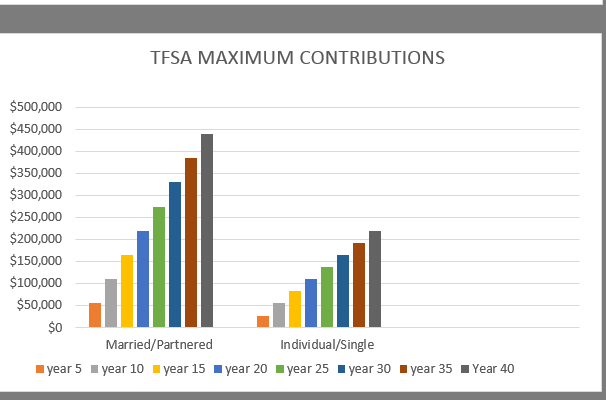FAMILY: INCLUSIONARY OR EXCLUSIONARY TERM AND FINANCIAL DISCRIMINATION
(These thoughts are purely the blunt, no nonsense personal opinions of the author and are not intended to provide personal or financial advice.)
Today, February 15, is designated Family Day in Canada and was originally created to give people time to spend with their families, but also provides a day off between New Year’s Day and Good Friday as they are approximately three months apart.
The word ‘family’ can have many different meanings. One definition is “a fundamental social group in society typically consisting of one or two parents and their children.” While this definition is a traditional definition, there are other family units excluded by this definition, such as couples without children or other variations on the family unit. Another definition is “two or more people who share goals and values, have long-term commitments to one another and reside usually in the same dwelling.” In addition to a more universal family definition, there are many who consider a group of friends to be family, and adults who consider pets also to be members of the family unit.
The Statistics Canada definition of ‘family’ indicates there must be two persons legally living together to be defined as a family. When census information is collated, the population is called: “Census families and persons not in census families”. Singles are included in the “persons not in census family” category.
For Canada Revenue Agency income tax purposes, singles are persons who have never married or whose marriage has been legally annulled. (Those who live with a common-law partner are not included in this category).
The word ‘family’ can be inclusionary or exclusionary depending on the closeness (or distance) of the relationship of the persons in the family unit.
It is interesting to note that present political discussions both in Canada and the USA talk about the financial decline of the ‘middle class family”. Singles and low income are left out the discussion. Many benefits have been given to the married/coupled persons and family units with children, but singles are generally left out of the benefits or receive less in benefits.
An example of financial discrimination in Canada is the targeted tax relief for seniors where senior singles pay no tax on $20,000 and married/coupled seniors pay no tax on $40,000. For single seniors this amounts to only $1,700 per month, but for married/coupled seniors this amounts to approximately $3,400 per month. Living costs are inadequately covered for singles, but are more adequately covered for married/coupled seniors. It is a well known fact that singles require approximately 70% of living costs for married/coupled persons living together as a family unit.
The mentality of government, decision makers, businesses and families in this country is to serve only the rich and middle class families while generally ignoring singles, low income and no income individuals and families. Families will often talk about how important the family unit is for them in regards to maintaining close ties to friends and families. They talk about about how their ‘hearts are eternally and inexplicably changed’ when bearing their children, but same hearts appear to become ‘hearts of stone’ when these same children become adult singles, low income or no income persons and families. These disadvantaged persons are tossed out or are less important in financial formulas and decision-making processes.
CONCLUSION
The definition of family as to whether it is inclusionary or exclusionary is in ‘the eye of the beholder’ and depends on which ‘side of the fence’ is beholder is on. An exclusionary example is the one given above on targeted tax relief. The financial ‘family’ by devaluing singles and low income takes on a ‘Dr. Jekyll and Mr. Hyde’ persona, or also could be said to take on an ‘about-face’ persona or doing the exact opposite where the greed of business and personal gain takes on more importance than treasured family values.
Financial fairness of singles, low income and disadvantaged would be better served if they were financially treated as equal family members instead of being financially categorized as ‘worth less’ or ‘worthless’ to the rich and married/coupled persons in financial formulas. This would give more truth to why Family Day is celebrated on this day of February 15.
This blog is of a general nature about financial discrimination of individuals/singles. It is not intended to provide personal or financial advice.

